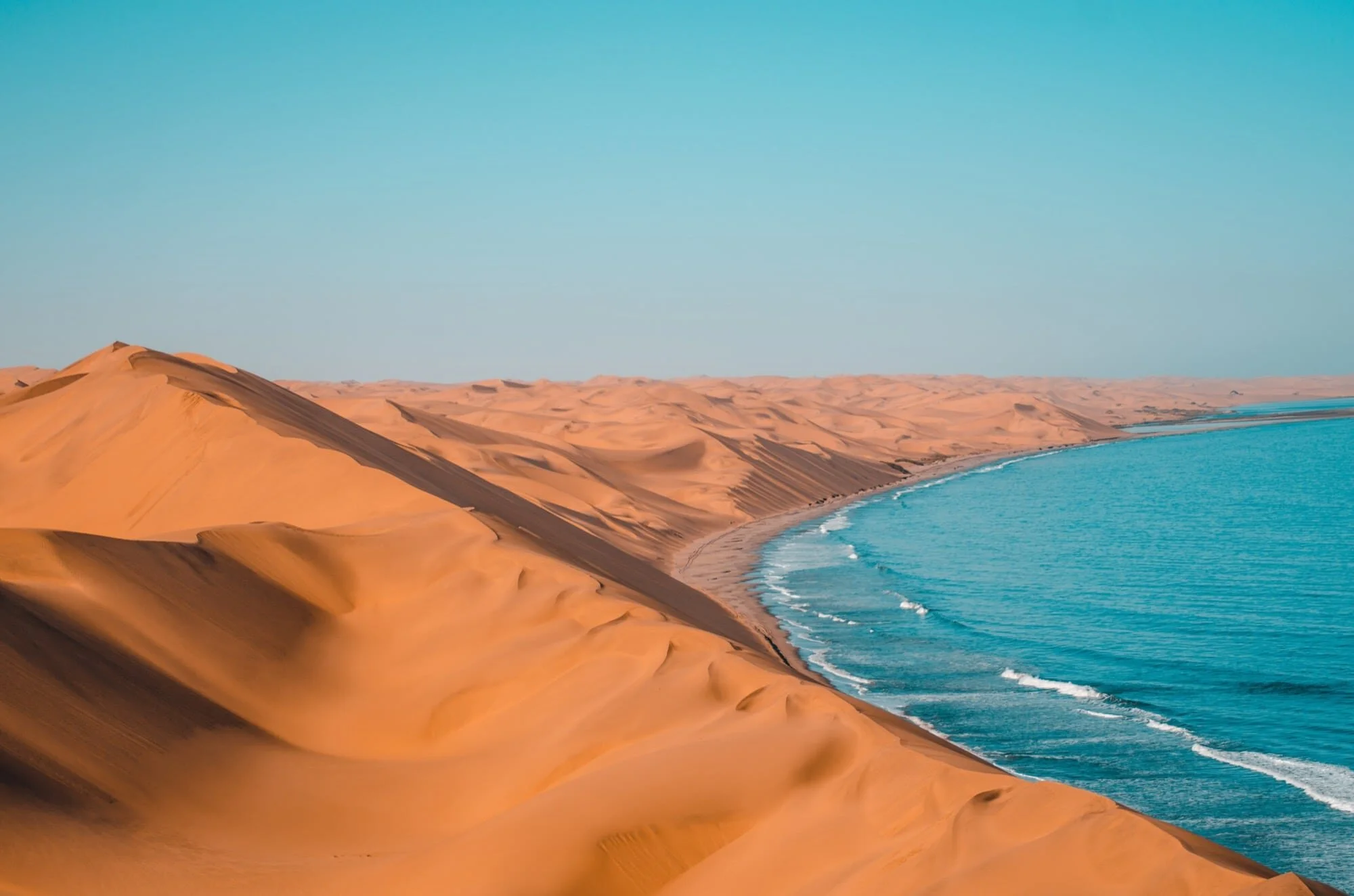Was a German colony until the end of WW1 when the League of Nations transferred control to South Africa. This meant that South Africa’s apartheid rules applied in Namibia meaning curfews, and racial discrimination for the vast majority of Namibia’s citizens. Namibia only gained full independence from South Africa in 1990.
If you look at a map of Namibia, you’ll notice the peculiar Okovango Panhandle, or Itenge, a 450 km long strip of land north of Botswana protruding towards Zimbabwe. It was created in the 19th Century when Britain and Germany reached an agreement to carve up parts of Southern Africa. Unfortunately for present-day Namibia, the process was a little rushed and lacked any form of due diligence. The only reason the Okovango Panhandle exists is that the past German colonisers thought that it would provide a navigable route towards the Indian Ocean and Germany’s East African territories. Sadly for the German colonialists, they made one crucial error - they forgot about the Victoria falls.
Namibia Map
Today Namibia is considered one of the freest and democratic countries in Africa and is considered an upper-middle-income country, yet life expectancy is one of the lowest in the world at only 64 years.
Namibia is one of those countries I’d really love to visit sometime. Here’s a quick list of things I’d love to see:
View wildlife at the Etosha National Park
Head to the Dune Sea of the Namib Desert
Explore the eery Skeleton Coast
Visit Swakopmund, Namibia’s (and probably Africa’s) most German town
It’s the last public holiday here in Denmark until December, so I think this calls for a Windhoek Lager (or closest equivalent) in the sun!
I'm writing about every country in the world. One a day for 195 days. Learn more

